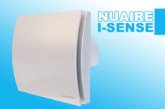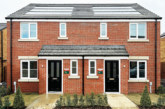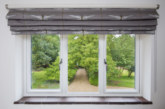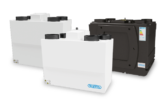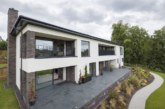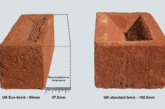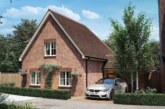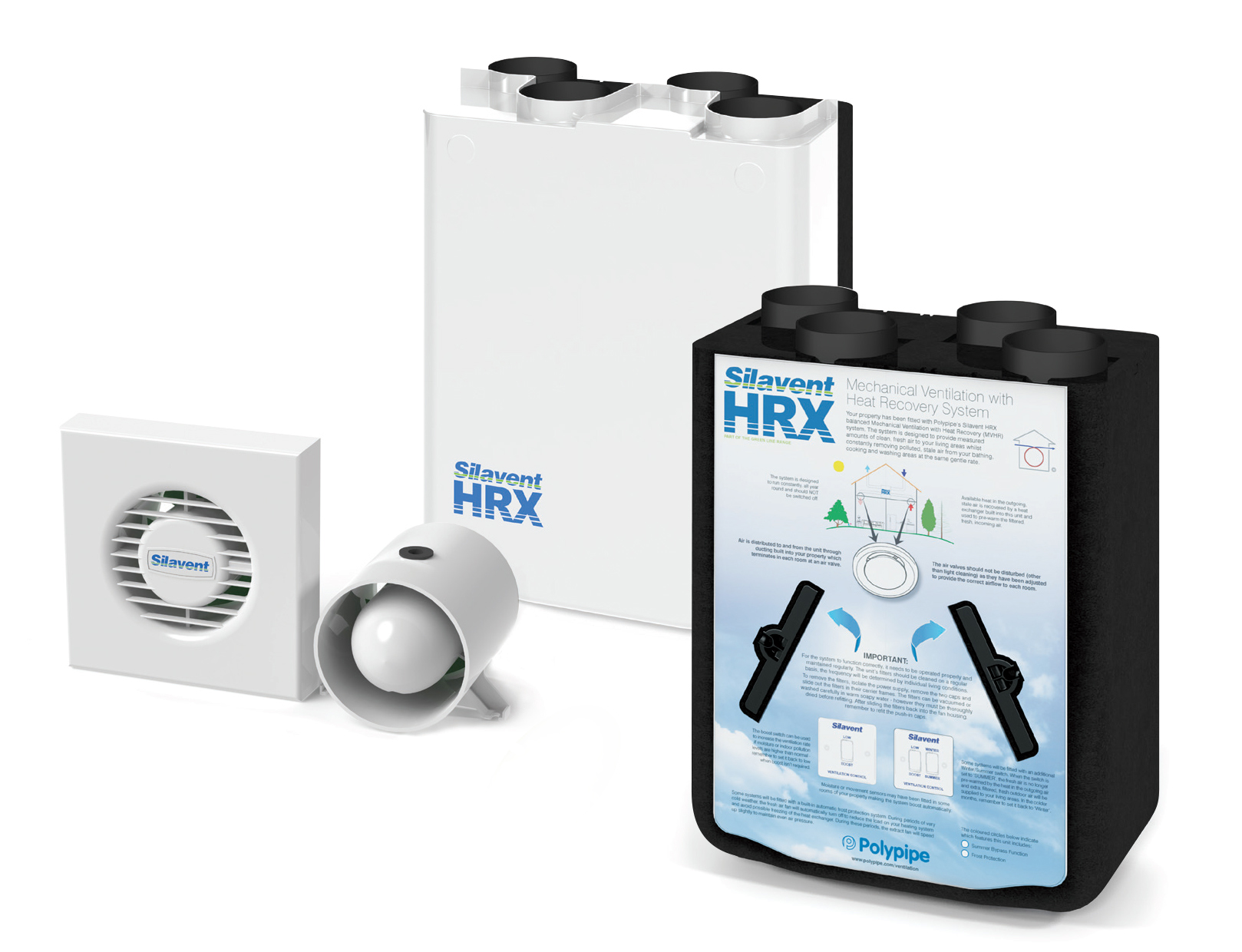
Jon Hill, Technical Manager of Polypipe Ventilation looks at why sustainability in ventilation matters and explains how to achieve it.
New build domestic properties are ever more energy efficient homes, with far greater levels of air tightness to minimise heat loss, leading to a subsequent increase in the use of mechanical ventilation. This has been reinforced by changes to Building Regulations Parts F and L, which are driving the need for good quality and sustainable ventilation solutions more than ever before.
These ventilation systems and component parts must also be highly energy efficient if they are to play a part in reducing a property’s overall carbon footprint and ongoing energy usage. So how do you ensure the equipment you select provides a genuinely sustainable ventilation system that meets Building Regulations and NHBC specifications and is Product Characteristics Database (SAP) listed?
Ducting
You may think I am going to start with mechanical ventilation, but it’s ducting that’s my first port of call as it is a fundamental part of any ventilation system. The ducting must have exacting tolerances, i.e. a good fit of rigid extruded systems, such as Domus rigid duct. If the duct doesn’t retain its shape, it can be difficult to fit together and result in air or condensate loss.
Alternatively, you might want to consider semi-rigid duct systems, such as the Domus Radial duct system. With a Radial system each room vent is served by twin or single Ø75mm semi-rigid ducts which connect to distribution manifolds, providing a more even air flow. The manifolds are then connected to the mechanical ventilation appliance.
It is vital to insulate ducting in colder areas such as loft spaces, to remove the possibility of internal condensation forming and to maintain thermal efficiency. Duct insulation is also required between a mechanical ventilation appliance and the external terminals, including an integral vapour barrier, to avoid external condensation. To meet Building Regulations, insulation material must have a thermal conductivity of ≤0.04W/(m.K) at 25mm thickness.
“If you have gone to the trouble of identifying the most energy efficient and highest quality ventilation equipment, you must also ensure it is correctly installed.”
Mechanical Ventilation
One of the most popular mechanical ventilation systems is Mechanical Ventilation with Heat Recovery (MVHR). These systems are increasingly being used within new properties as they recover up to 95% of waste heat (from bathrooms and the kitchen) using a heat exchanger. The heat is transferred to filtered fresh air which is distributed to bedrooms and living rooms.
The best performing MVHR units are easy to identify by higher heat exchange efficiencies and lower Specific Fan Powers (SFP); which are listed on the Product Characteristics Database (PCDB). Polypipe’s Silavent Green Line HRX2 currently tops the list with a heat exchange efficiency of up to 95%.
A key consideration when selecting ventilation units for maximum sustainability are low SFPs – the Building Regulations demand no higher than 1.5 Watts per litre per second (W/(l/s)) for an MVHR unit, 0.7 W/(l/s) for an MEV unit and 0.5 W/(l/s) for an intermittent fan.
Bathroom and kitchen intermittent fans also play a key role in most aspects of domestic ventilation, be they axial, centrifugal, wall or window mountable, or in-line versions. Apart from SFP, there are other considerations to take into account when looking for energy savings. One of these, and often overlooked, is the fan’s energy consumption when in standby mode – this can add an extra 10-20% to the overall power used.
Installation
But it’s not just equipment that makes a ventilation system sustainable. If you have gone to the trouble of identifying the most energy efficient and highest quality ventilation equipment, you must also ensure it is correctly installed.
Well engineered and designed ventilation duct systems maximise airflow, reduce air leakage and achieve greater system performance – vital in whole house ventilation systems. However, poor quality ventilation installations are in abundance. Due to such widespread poor installation practice which affects system efficiency – most notably the SFP – heavy penalties are applied to SAP calculations, the official method used to calculate the energy consumption in dwellings.
The Regs
Changes to Building Regulations Part F, Ventilation, directly addressed this by requiring a ‘qualified’ installer to commission new ventilation systems and submit a commissioning report to the Building Control Body (BCB).
The Department of Energy & Climate Change (DECC) has also now stated that it will reduce SAP penalties if the systems are installed by a member of a registered Competent Person Scheme. The installation must meet the performance laid out in the original system design and an inspection checklist must be completed and submitted to Building Control. A check box in the SAP programme needs to be completed to enable improvement to the overall energy rating.
Zero carbon
With all new homes expecting to reach zero carbon from 2016, developers and builders have a considerable task ahead of them. MVHR and MEV systems are playing a role in this and are becoming ever more popular as a relatively low cost way of moving towards the zero carbon goal. But simply fitting any MVHR or MEV system isn’t good enough and fitting one poorly is no better.
Take the time to research the most energy efficient, well designed and well made ventilation system and ensure it is designed, installed and commissioned competently, for a highly sustainable, long lasting, energy efficient ventilation solution.
For more information please go to www.polypipe.com/ventilation

